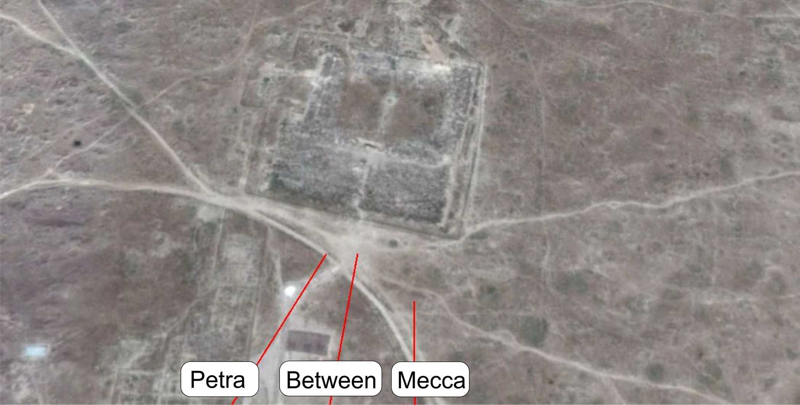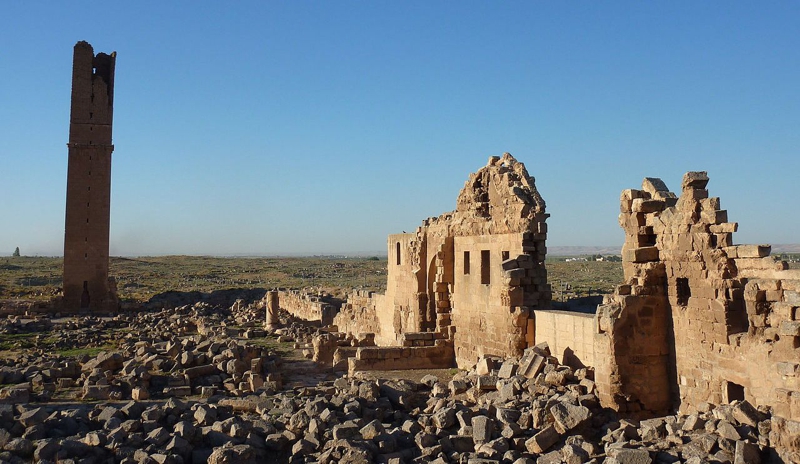|
An ancient citadel stands in the southeast corner of the old
walled city of Harran. This citadel dates back to 2000 BCE when
the Sabians built a temple to the god Sin. In 642 CE Harran was
overrun by the Muslim armies, and later, Caliph Marwan II made
Harran his capital from 744 - 750 until it was conquered by the
Abbasids in 750 CE. Marwan II built a mosque in the center of
the city and a royal palace on the site of the temThe citadel
was rebuilt several times, once after 990 CE when Harran became
the capital city of the Numayrids, a local northern Syria dynasty
ruled by Waththab bin Sabiq al-Numayri. An inscription on the
gateway dates it construction to 1059 CE. Nur al Din rebuilt
the citadel in 1149. In 1259 the city was overrun by the Mongols
and one of the two towers was destroyed. In 1271 the Mongols
moved most of the population away and the town was deserted and
mostly destroyed. The current citadel structure dates back to
the 14th century.
The structure that is of interest to us is the mosque and university
built in the centre of the city. During the late 8th and 9th
centuries Harran University was a centre for translating works
of astronomy, philosophy, natural sciences, and medicine from
Greek to Syriac by Assyrians, and thence to Arabic, bringing
the knowledge of the classical world to the emerging Arabic-speaking
civilization in the south. Baghdad came to this work later than
Harran. Many important scholars of natural science, astronomy,
and medicine originate from Harran; they were non-Arab and non-Islamic
ethnic Assyrians, including possibly the alchemist Jabir ibn
Hayyan. Other philosophers and scientists include Al-Battanai
who calculated the distance from the Earth to the Moon and Thabit
ibn Qurrah, who translated Greek classics and scientific works
into Arabic, and wrote on mathematics and astronomy.
The Sabians revered Hermes Trismegistus as their prophet and
the Corpus Hermeticum as their holy book. Hermes Trismegistus
was believed to be an ancient great Egyptian sage, who as the
founder of writing and the author of many books on science, medicine,
theology, ethics, astrology, alchemy and magic. In the Hermeticum
scriptures his teachings appear in the form of mystic visions.
Hermeticum portrays Hermes Trismegistusas a divinely inspired
teacher, but others have portrayed him as the Greek god Hermes,
and the Egyptian god Thoth or Tehuti. Some have equated him with
Enoch in the Bible, and Idris in the Koran. Through the Hermeticum’s
monotheistic teachings, the Harranians where able to claim themselves
as one of the “People of the book” though the term
Sabian might have referred more to the Mandaeans of Iraq, who
are Gnostics and known as followers of John the Baptist.
Neither the university building nor the citadel seem to have
any qibla direction. The University and mosque in the centre
of the city seem to point somewhere between Petra and Meccaple
of Sin.
|


